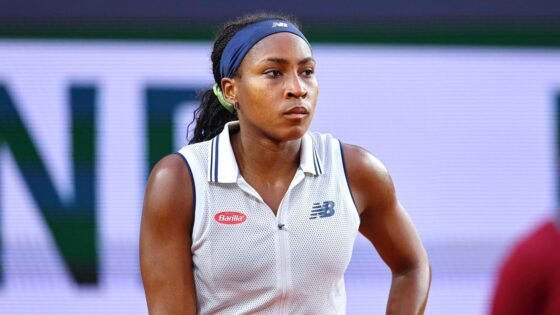A tax on a baseball? That might sound strange. But that’s the quiet cliff that Minor League Baseball could be headed towards. But why all these tax talks instead of trade talks all of a sudden? Donald Trump’s new policy. On June 11, Donald Trump tweeted, “WE ARE GETTING A TOTAL OF 55% TARIFFS, CHINA IS GETTING 10%. RELATIONSHIP IS EXCELLENT!” It might look simple on the outside. But not really on the inside.
The ball manufacturer, Rawlings, which is partly owned by MLB, produces major league balls in Costa Rica and minor league balls in China. According to league spokesperson Glen Caplin, tariffs have not yet altered the league’s manufacturing or import procedures. However, this could change in the future.
Last week, MLB’s commissioner Rob Manfred, at first, acknowledged, “There are potential tariff costs,” during a news conference at an owners’ meeting, as the NJ.com reported on June 13th. And that the big-league baseballs are safe, “Costa Rica’s not much of a tariff problem, to be honest with you.”
Then, he conceded that the minor league might face increased costs on imported balls due to these tariffs. “The minor league baseball’s made in China, that’s more of an issue.”
This year, the fly balls have been in question because there’s something off with them.
Fly balls falling short
Major League Baseball is seeing a reduction in the distance of deep fly balls this season, a phenomenon the league office has acknowledged. An analysis by The Athletic of MLB’s public data indicates that the 2025 ball has experienced more drag than in any of the previous nine seasons for which data is available. This increased drag has resulted in equally hard-hit fly balls traveling, on average, four feet less.
While this suggests a difference in the 2025 ball compared to last year’s, the reason remains unclear. When the publication reached out, MLB confirmed the altered ball performance, including the four-foot reduction on long flies, but did not provide a specific explanation.
Caplin said that the league is aware of everything: “We are aware of an increase in average drag this season and have provided information to the Major League Baseball Players Association on this issue as our experts continue to study any potential causes beyond normal variability in a product made by hand with natural materials. There has been no change to the manufacturing, storage or handling of baseballs this year, and all baseballs remain within specifications.””
TOKYO, JAPAN – MARCH 16: Andy Pages #44 of the Los Angeles Dodgers makes a catch during the game between the Los Angeles Dodgers and the Hanshin Tigers at Tokyo Dome on Sunday, March 16, 2025 in Tokyo, Japan. (Photo by Daniel Shirey/MLB Photos via Getty Images)
Do you know the average drag coefficient for this year is .3514, which is higher than the previous Statcast-era high of .3462 recorded in 2016? This implies that a characteristic of the ball is increasing its air resistance, which would, in theory, limit its flight distance.
Players have noticed a change, too. Brent Rooker, a slugger for the A’s, noted, “I’ve definitely hit some balls that I thought were gonna have a chance and they’ve been caught against the wall. Maybe the extra drag is why my expected slugging percentage is 100 points higher than my actual slugging percentage.”
Players have raised concerns about the ball’s performance directly with Commissioner Rob Manfred in meetings. The league is currently conducting further research into the matter.
The post MLB Commissioner Reveals Concerns Over Trump Policies That Could Impact Baseball’s Next Generation appeared first on EssentiallySports.



